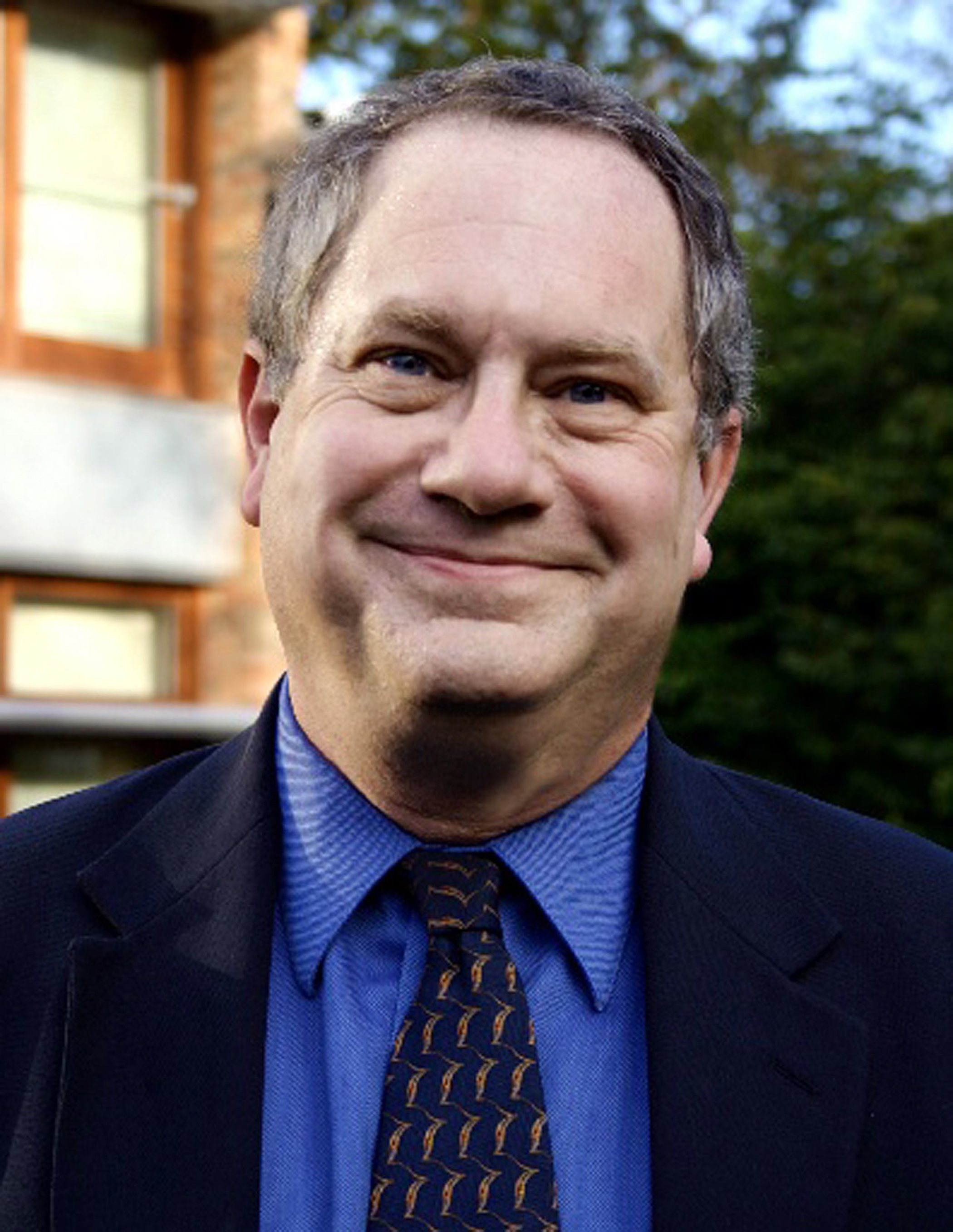
Astronomy Lecture, ‘Hot Results on Cool Galaxies,' to be Held at Santa Barbara Museum of Natural History
Robert C. Kennicutt, Jr., a prominent astronomer with the University of Cambridge, will give a lecture on the hidden universe that can only be studied fully from space-borne telescopes. The lecture is part of an annual series on astrophysics –– the Las Cumbres Observatory Lectures –– presented jointly by the Department of Physics at UC Santa Barbara, the Santa Barbara Museum of Natural History (SBMNH), and the UCSB-affiliated Las Cumbres Observatory Global Telescope Network (LCOGT).
The lecture, "Hot Results on Cool Galaxies: The Hidden Universe Revealed," will be on Thursday, May 13, at 7:30 p.m. at the museum, located at 2559 Puesta del Sol in Santa Barbara. Tickets are $8 for museum members, and $10 for non-members. Advance tickets are not available and there are no reservations for this event. Tickets may be purchased as early as 7 p.m. on the evening of the lecture. For more information, call (805) 682-4711, extension 173.
Kennicut will explain how half of the starlight in the universe is hidden from telescopes looking at the visible spectrum of light. Fine clouds of dust particles in interstellar space cover this starlight. This missing energy reappears in the infrared and terahertz regions of the spectrum, and can only be studied fully by using space-borne telescopes.
Now, thanks to a series of international space observatories, including the Hubble and Spitzer Space Telescopes, this hidden universe has been revealed. The data from these telescopes shows new classes of objects and phenomena, ranging from single star-forming events to the most luminous and actively star-forming galaxies in the universe. These observations provide glimpses into the early history of galaxies like our own. Kennicutt's lecture will highlight what has been learned from these observations, including the latest results from the recently launched Herschel Space Observatory.
Kennicutt is the Plumian Professor of Astronomy and Experimental Philosophy, and director the University of Cambridge's Institute of Astronomy. Previously, he was a professor of astronomy at the University of Arizona's Steward Observatory (1988-2005), and a professor at the University of Minnesota's Department of Astronomy (1980-1988). Kennicutt earned his Ph.D. in astronomy at the University of Washington, and worked at the Hale Observatory –– now called the Carnegie Observatories –– and at Caltech as a Carnegie Fellow. He has authored and co-authored more than 250 research articles and books, mainly on astrophysics.
The broad objectives of Kennicutt's research are to use detailed observations of nearby galaxies to quantify their star formation and evolutionary properties, and to understand the underlying physical nature of the Hubble sequence of galaxy types. Kennicutt has also worked to develop diagnostic methods for characterizing galaxy evolution at high redshift, and to better understand the physical processes that drive large-scale star formation and galaxy evolution. Kennicutt recently served as the editor-in-chief of The Astrophysical Journal, one of the most prestigious research journals of astronomy and astrophysics in the world.
ABOUT THE LAS CUMBRES OBSERVATORY LECTURES
The Las Cumbres Observatory Global Telescope Network, the Department of Physics at UC Santa Barbara, and the Santa Barbara Museum of Natural History share the important and fundamental goal of education.
LCOGT is establishing a world-class outreach effort through construction of small telescope networks and an astronomical outreach website. The SBMNH places a high priority on public education, and astrophysics is an excellent field for this endeavor because of the intrinsic public appeal and the strong local community of amateur astronomers. The Department of Physics at UCSB is building its efforts in astrophysics, and expanding the research horizons of graduate students is a high priority.
Thanks to the generosity and support of LCOGT, over the past few years, these three organizations will bring an eminent astrophysicist to Santa Barbara once a year. The astrophysicist will present a high-profile public lecture in the Fleischmann Auditorium at the SBMNH, as well as two graduate-level lectures on the frontiers of the field, to physics graduate students at UCSB. The astrophysicist will also interact with the scientific and outreach staff at LCOGT. The lectures are taped and available for distribution by DVD and web-streaming.
This annual lecture series provides an opportunity for community members, students, and scientists in Santa Barbara to interact with high-profile scientists from around the world and to learn about the frontiers of astrophysics and cosmology.
Related Links



